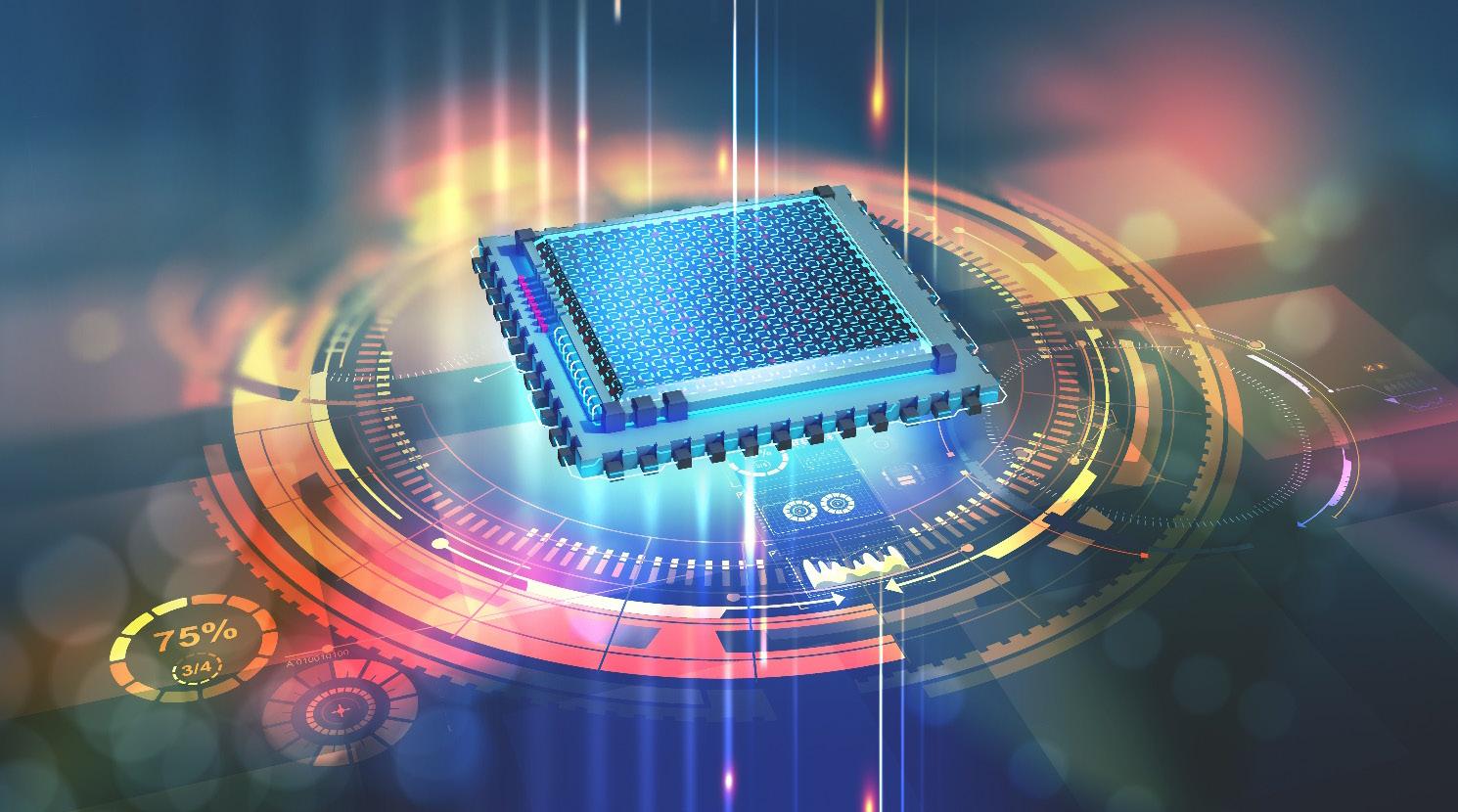
2 minute read
Software-Hardware stack
In the current era of developing and deploying quantum computers, most attention is drawn to the development of the underlying hardware technology. To address the hardware a dedicated software stack is necessary to bring up the quantum computer (including calibration, characterisation, optimal control, device simulation), to operate the system (including control electronics, scheduling, authentication, recalibration, re-characterisation) and to translate the user’s code to run on the system (from high level languages and algorithms to quantum circuit tablature which can be executed on the hardware). All parts of the software stack exist today and are in many cases provided by the companies developing quantum computers (Pulser n.d.) (Google Quantum AI n.d.) (Qiskit n.d.), it is however clear that most software components can still be significantly improved. Here, standardisation can be key in order to allow a fixed interface design between the software components, e.g. an internal representation of QC circuits of a transpiler is key in order to generalise compiler construction. In addition, new challenges will occur with larger quantum computers, e.g. optimal mapping of an algorithm on a realistic quantum computer is an optimisation problem in itself.
The programming tools available to application developers are dominated by vendor-specific tools. There are examples of other technologies or vendor systems that are supported, such as Atos’s myQLM, but most tools work at a low level of abstraction. An example of a higher-level programming language is Silq (Zurich, Switzerland) (Bichsel, Baader and Gehr 2020). Another possibility to abstract the programming from the hardware is the use of an intelligent compiler as pursued by Classiq (Israel) (Classiq n.d.).
Advertisement
From an HPC perspective the scheduler or runtime system which schedules the tasks from the (hybrid) applications and the (re-)calibration is most important. Especially using state-of-the-art iterative hybrid programs the total runtime depends on the latency between classical and the quantum system. In the loose integration model (see in System integration section), the interaction between the host computer and the coupled QPU unit may be performed in different ways: a ‘standard’ batch scheduler may run on the host node and activate the code running on the host node, which then activates the code running on the QPU. This model of operation requires that a common area (memory, HBM, NVMe) is shared between both units to enable the transfer of data between the two. A more complex but potentially more performing model may be that the QPU is considered as a thread, and it is activated by the program running on the host node via a ‘wake-up’ call that performs the data transfer and instructs the QPU to start the computation. This model may selectively use the common area (memory, HBM, NVMe) or the call for the transfer of the data, according to the size of the data to be transferred.
Due to the different underlying technologies including specifics of the quantum computers and different software stacks provided by the QC manufacturers, it is nowadays difficult to distinguish if a certain system performs better due to the underlying technology or a better optimised software stack.






